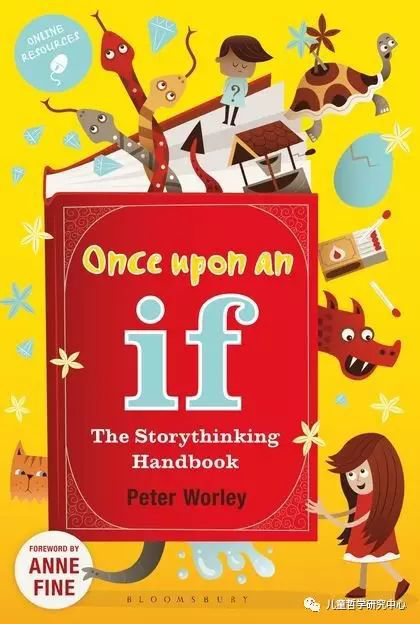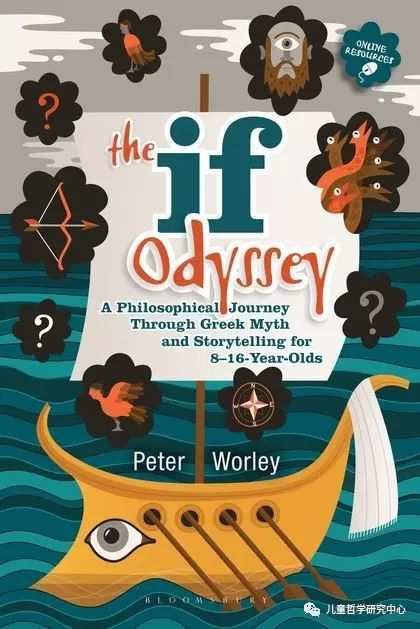转载 来源: 儿童哲学研究中心
First of all stories engage. When a teller tells a story well the audience visualize the story so that it seems to happen before them. If you want children to think, first of all they must be engaged.
Secondly, stories enable children to grasp complex ideas very naturally, where in the abstract, they would be lost. Tell the story of ‘Scylla and Charybdis’ from The Odyssey and children can follow the complexities of ethical dilemmas that would be nigh on impossible for them in the abstract.
Thirdly, stories can be used to activate the children as moral agents. You can stop the story at the crisis point, the difficult decision or the conflict, and instead of simply reading on, you could ask the class questions: ‘What do you think [the character] should do?’, ‘What do you think [the character] will do?’, ‘What would you do?’ and ‘What do you think you should do?’, or ‘What would you do if you were she?’ and so on. All of these questions are importantly different.

But best of all, stories can be used as rehearsal for life. Here’s an approach to using stories that I call ‘the Hokey Kokey’ approach (‘Hokey Pokey’ outside the UK). In other words, ‘it goes in, out and in again’. By ‘in’ I mean ‘concrete’ or ‘in the story’, and by ‘out’ I mean ‘abstract’ or ‘out of the story’. It is taken from Once Upon an If (pages 65-68) and is inspired by ‘Socratic method’, the techniques used by Socrates – and documented by Plato – in the marketplace of Athens two and a half thousand years ago.
The Hokey Kokey approach:
Take a key concept suitable for philosophical enquiry, such as bravery (a favourite of Socrates) or heroism.
Take a story where the concept features centrally, such as the Odyssey (for both bravery and heroism).
Find an appropriate section or passage that tests the concepts in question. Or you might want to consider the story as a whole.
Ask a simple but conceptually appropriate question using the following structure ‘Is X F?’, for example, ‘Is Odysseus a hero?’ (This question is concrete or ‘in the story’.)
Run an enquiry around this question.
Then ask what is sometimes known as a ‘Socratic question’ to do with the central concept under consideration following this structure ‘What is F?’ In this case: ‘What is heroism?’ or ‘What is a hero?’ for younger children. (This question is abstract or ‘out of the story’.)
Run an enquiry around this question.
Now for the key bit! Make sure that, once you have explored the abstract Socratic Question, you return to the concrete question to ‘test’ what has been said in the abstract (at steps 6 and 7). This uses a strategy I call ‘iffing’ and it follows this structure: ‘If F is p, q, r… then is X F?’ In this case: ‘If a hero is someone who is never frightened then is Odysseus a hero?’ (This question returns to the concrete in order to test what has been said in the abstract.)
Explore and examine the implications that follow from step 8. The class will need to examine whether there are any instances in the passage or story where Odysseus was frightened and then consider whether this means he’s a hero or not. Sometimes the class will revise whether the character is in fact F (in this case, whether Odysseus is in fact ‘a hero’), on other occasions, they will revise what F is: for example, someone might say during this part, ‘Odysseus is a hero but sometimes even heroes are frightened, so I don’t think a hero is never frightened. Perhaps it’s acting bravely while he’s frightened that makes him a hero.’
For younger children, try using this method – also around the concept of heroism – with Max Velthuijs’ Frog Is a Hero (published by Andersen Press).

National Storytelling Week:
For using the Odyssey to do philosophy, see the award-winning book, The If Odyssey, especially ‘Appendix 1: The Hero’ for a list of specific passages in the Odyssey to test Odysseus’ heroism where you could use the Hokey Kokey method.
Though not all, many of the sessions in my books lend themselves to the Hokey Kokey method. As it is National Storytelling Week, the following stories in the ERA-nominated Once Upon an If all have task questions that will work with the Hokey Kokey method:
The Patience of Trees (key concept: freedom)
The Promise Slippers (key concept: promise-keeping)
The Six Wise Men (key concept: thing)
The Fair Well (key concept: fairness)
The Water People (key concept: death)
Honest Said (key concept: knowledge)
The Fire Stick (key concepts: magic and science)
The Island (key concept: knowledge)
The Valley of The Diamonds (key concept: wealth)